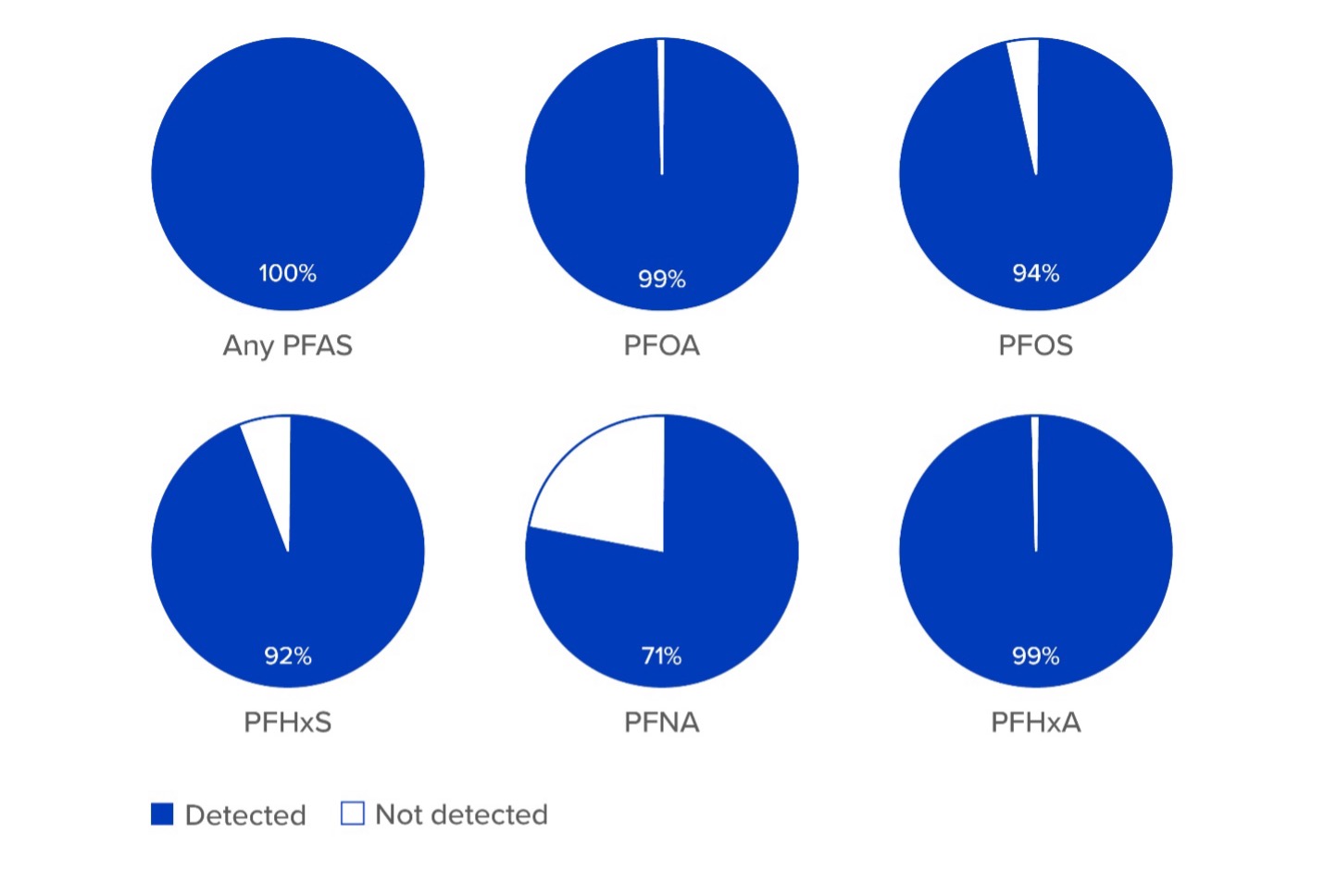Report on Solid Waste Department Staffing Shortages in Clearwater
Executive Summary
The City of Clearwater is currently experiencing a significant staffing shortage within its Solid Waste Department. This report outlines the specifics of the labor deficit, its critical implications for municipal services, and its direct impact on the city’s ability to meet key United Nations Sustainable Development Goals (SDGs), particularly in the context of hurricane season preparedness.
Current Staffing Deficiencies
The department faces an immediate and ongoing need to fill vacant positions, which is a persistent challenge within the solid waste industry. The current vacancies are:
- Six Commercial Licensed Drivers (CDL)
- Six Solid Waste Workers
Impact on Sustainable Development Goals (SDGs)
The staffing shortage directly affects the city’s progress toward several critical SDGs. The failure to maintain a fully operational solid waste workforce presents considerable challenges to urban sustainability and resilience.
-
SDG 11: Sustainable Cities and Communities
A fully staffed solid waste department is fundamental to achieving the targets of SDG 11. Its functions are crucial for:
- Ensuring cities are inclusive, safe, resilient, and sustainable through reliable municipal waste collection.
- Maintaining public health, sanitation, and the overall cleanliness of the urban environment.
- Strengthening the city’s resilience to climate-related disasters, as a full workforce is essential for rapid post-hurricane debris management and recovery.
-
SDG 8: Decent Work and Economic Growth
The recruitment drive supports SDG 8 by promoting sustained, inclusive, and sustainable economic growth, full and productive employment, and decent work for all.
- The city provides stable employment opportunities with competitive pay and comprehensive benefits, contributing to local economic vitality.
- Clearwater is committed to workforce development by providing all necessary training and offering clear pathways for career advancement, such as supporting employees in obtaining a Commercial Driver’s License (CDL).
-
SDG 13: Climate Action
The urgency of the staffing situation is amplified by the need for robust climate action and adaptation, as outlined in SDG 13.
- The department’s readiness is a core component of the city’s climate adaptation strategy, specifically for responding to the increased frequency and intensity of hurricanes.
- Being understaffed during peak hurricane season compromises the city’s capacity to manage the aftermath of extreme weather events, delaying recovery and increasing community vulnerability.
Operational Challenges and Hurricane Preparedness
According to Jacolby Washington, the Assistant Director of Solid Waste, the city had intended to be fully staffed before the start of hurricane season in June but is currently behind schedule. The primary objective is to hire and train new personnel to ensure they are prepared to respond effectively when a storm necessitates emergency cleanup operations. The current deficit places this critical disaster response capability at risk.
Recruitment and Employment Profile
The city is actively seeking applicants to fill these essential roles and has established the following criteria and benefits:
- Minimum Age: 18 years old.
- Experience: All levels of experience are accepted; the city provides comprehensive on-the-job training.
- Work Schedule: Flexible scheduling is available, including four 10-hour shifts per week.
- Career Growth: Employees are encouraged and supported in pursuing career development, including obtaining a CDL to transition into driver roles.
Which SDGs are addressed or connected to the issues highlighted in the article?
-
SDG 8: Decent Work and Economic Growth
This goal is central to the article, which focuses on employment issues within the solid waste sector in Clearwater. It discusses the city’s need to hire workers, the nature of the jobs, the benefits offered (“good pay and get benefits”), and career progression opportunities (Kamrhen Simpkins planning to get his commercial driver’s license). The labor shortage itself is an economic issue affecting a vital public service.
-
SDG 11: Sustainable Cities and Communities
The article directly relates to making cities safe, resilient, and sustainable. The core function of solid waste workers is “Cleaning up the city,” which is essential for municipal sanitation and public health. Furthermore, the urgency of the hiring process is explicitly linked to resilience against natural disasters, as officials state they “were hoping to be fully staffed before hurricane season” to be “ready to respond when the time is needed.”
What specific targets under those SDGs can be identified based on the article’s content?
-
Target 8.5: By 2030, achieve full and productive employment and decent work for all women and men… and equal pay for work of equal value.
The article highlights the city’s effort to achieve full employment within its solid waste department by trying to fill “a dozen positions.” It also touches upon the “decent work” aspect by mentioning that the job offers “good pay and get benefits,” which are key components of this target.
-
Target 8.8: Protect labour rights and promote safe and secure working environments for all workers…
The article implies a focus on creating a secure working environment by stating that the city will “provide all the necessary training” for new hires, regardless of experience level. It also acknowledges the challenging working conditions (“The weather, the heat”), which is a factor in ensuring worker safety and well-being.
-
Target 11.5: By 2030, significantly reduce the number of deaths and the number of people affected and substantially decrease the direct economic losses… caused by disasters…
This target is directly addressed by the concern over the worker shortage in the context of the approaching “peak of hurricane season.” A fully staffed solid waste department is critical for post-disaster cleanup, which helps a city recover faster, reduces health risks from uncollected waste, and mitigates the overall impact on its population.
-
Target 11.6: By 2030, reduce the adverse per capita environmental impact of cities, including by paying special attention to… municipal and other waste management.
The entire purpose of the solid waste department is to manage municipal waste. The article’s focus on the need for workers to perform the task of “Cleaning up the city” shows a direct connection to this target. A shortage of workers directly threatens the city’s capacity to manage waste effectively, potentially increasing its adverse environmental impact.
Are there any indicators mentioned or implied in the article that can be used to measure progress towards the identified targets?
-
Indicator for Target 8.5: Number of unfilled job positions.
The article explicitly states, “The city needs to fill a dozen positions” (six commercial licensed drivers and six solid waste workers). This number serves as a direct, quantifiable indicator of the gap in achieving full employment in this specific municipal sector.
-
Indicator for Target 11.5: Preparedness for disaster response.
An implied indicator is the staffing level of essential services ahead of a predictable disaster season. The assistant director’s statement that “We’re a little bit behind right now” on being fully staffed before hurricane season serves as a qualitative indicator of the city’s readiness to respond to a hurricane.
-
Indicator for Target 11.6: Capacity for municipal solid waste collection.
The number of available solid waste workers and drivers is a direct indicator of the city’s capacity to collect and manage waste. The shortage of 12 employees implies a reduced capacity, which could affect the proportion of waste that is regularly and safely collected, a key aspect of measuring progress on this target.
SDGs, Targets and Indicators Table
| SDGs | Targets | Indicators |
|---|---|---|
| SDG 8: Decent Work and Economic Growth | Target 8.5: Achieve full and productive employment and decent work for all. | The specific number of job vacancies mentioned: “The city needs to fill a dozen positions.” The provision of “good pay and get benefits” is an indicator of decent work. |
| SDG 8: Decent Work and Economic Growth | Target 8.8: Promote safe and secure working environments for all workers. | The city’s commitment to “provide all the necessary training” for new employees, indicating an investment in a safe and capable workforce. |
| SDG 11: Sustainable Cities and Communities | Target 11.5: Significantly reduce the number of people affected… caused by disasters. | The city’s staffing level for its solid waste department is an implied indicator of its preparedness to “respond when the time is needed” for hurricane season cleanup. |
| SDG 11: Sustainable Cities and Communities | Target 11.6: Reduce the adverse per capita environmental impact of cities, including… municipal and other waste management. | The number of solid waste workers and drivers is a direct indicator of the city’s operational capacity for “Cleaning up the city” and managing municipal waste. |
Source: baynews9.com







